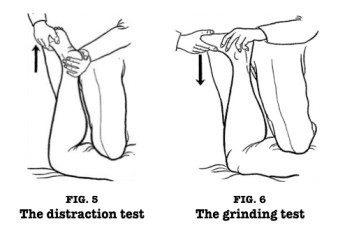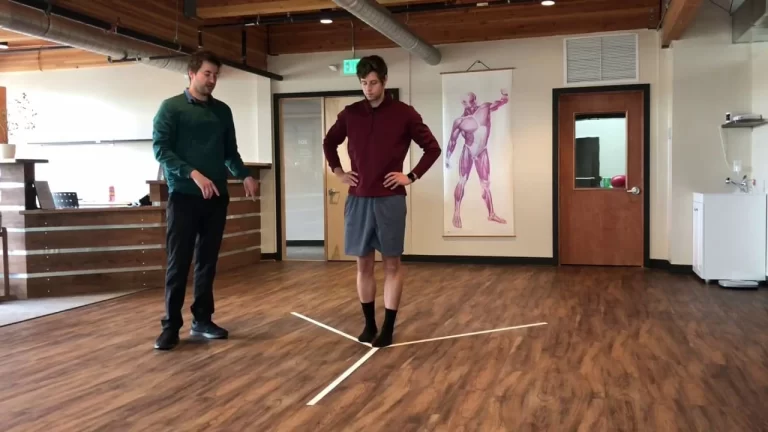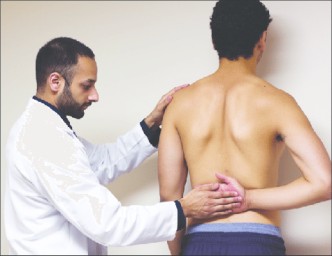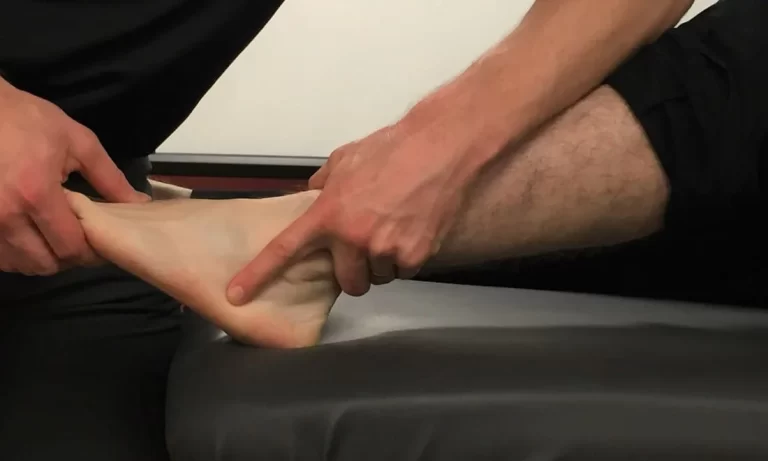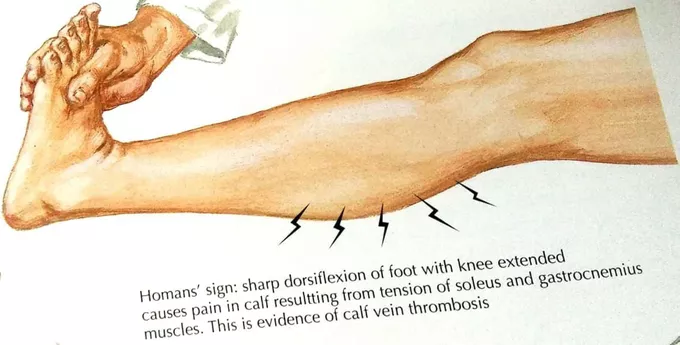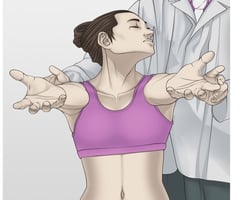Apley test for knee:
- Apley’s test is used for the evaluate of individuals problems of meniscus in to knee.
- This test discover by to Alan Graham Apley (1914 – 1996) who is a British orthopedic surgeon.
- Test is performed into 2 part the Apley’s distraction test & Apley’s compression test .
- Meniscal injury is very common for the knee & associated with significant pain & morbidity.
- Meniscal injury is less common into children younger than to 10 years old.
- It is to higher prevalence of the amongst males than to females, which is assumed to related of to males in engaging into more activities which is create to rotational injuries (contact sports).
- There is no reported link for to race / ethnicity for sustaining to meniscal injury.
- For prompt to diagnosis is essential to ensure that appropriate treatment & positive outcome for to patients.
- For to diagnosis it is made a full physical exam / provocative tests including to Apley’s Grind test & Apley’s Distraction test& alongside advanced of to imaging like as MRI.
- Diagnosis of meniscal injuries is difficult to for menisci because it is a a vascular & no nerve supply on to inner two thirds, so that resulting is in a very little pain / swelling when to this injury is occurs.
Indications for use of this test :
- It is the clinician’s to suspect the injury to the meniscus when the patient presents with knee pain, particularly after the twisting type of injury when the foot is placed too firmly planted onto the ground.
- Injury is occur to with/without of external force which is applied to on the knee.
- Mostly the pain is located along to joint line of the knee.
- Common complaints of the patient are pain & many other mechanical complaints like clicking, locking, catching & inability to fully extend of knee.
- Mostly these injuries are occur into conjunction with to ligaments injuries.
- When to apply the external force on to lateral knee, it is give to result of the unhappy triad.
- Group of injuries are encompasses to damage of to medial meniscus / lateral meniscus with the concomitant injuries like as anterior cruciate ligament (ACL) & medial collateral ligament (MCL).
- So that When performing to physical examination check the joint line most result is tenderness, & joint effusion & check to a range of motion[ROM] result is impaired.
What is part of this test ?
- Apley compression test
- Apley Distraction Test
Apley compression test :
Purpose of this test :
- It is used to check the injury of meniscus.
Technique of performance :
- Patient position for the test is prone.
- In to prone position do the face downward on to examination table.
- Then Ask the to patient for do flex to tested leg up to 90° at to knee joint while to other leg is in fully extended position.
- After that, the examiner puts the knee on to distal part of to patient’s back thigh gently.
- Now with the help of one hand, the examiner is apply to downward axial loading force on to sole of the foot for compress to patient’s knee joint.
- This force of compression is compress to meniscus.
- While with the help of other hand, the examiner is grasps to lower end of posterior aspect of to patient’s heel for the stabilization.
- After that along with compression, this leg is rotated internally means medially & externally means laterally.
- In this situation asked the to patient for give any pain response.
Apley test for knee video
Result of this test :
- This compression test is considered positive when a patient is feel pain/restriction during compression & internal/external rotation means medial/lateral rotation.
- In to rotation time If patient is feel pain at to medial side of to knee,it is indicates to medial meniscus injury & If patient is feel pain at to lateral side of the knee, it is indicated a lateral meniscus injury.
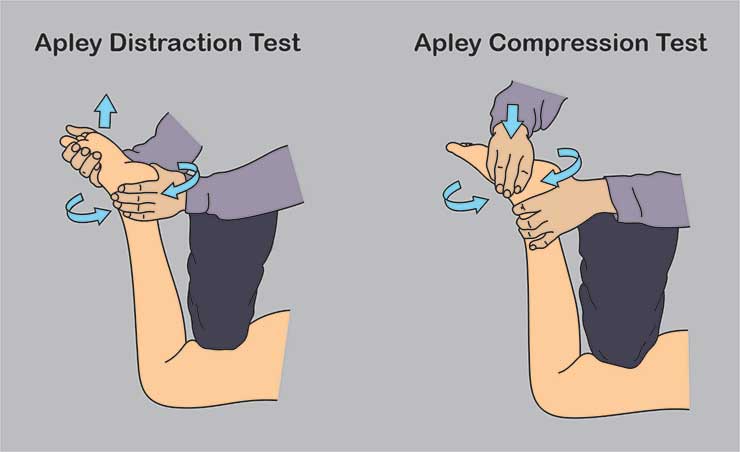
Apley Distraction Test :
Purpose of this test :
- It is used to check the injury of the ligament.
Technique of performance :
- Patient position for the test is prone.
- In to prone position do the face downward on to examination table.
- Then Ask the to patient for do flex to tested leg up to 90° at to knee joint while to other leg is in fully extended position.
- Instead of to apply a downward axial loading force with one hand & the examiner is now to pull up to patient’s affected leg.
- During of the upward pulling, examiner’s knee which is resting on to distal part of to patient’s thigh; it is prevent to patient’s femur from rising off to couch.
- The distraction force is places strain on collateral ligaments like as to ACL & PCL of the knee.
- During this distraction position examiner is grasps to lower end of posterior aspect of to patient’s heel by the help of other hand, it is do for the stabilization.
- After that along with to distraction position rotate to leg in internally & externally means medially & laterally.
- In this situation asked the to patient for give any pain response.
Result of this test :
- This distraction test is considered positive when to patient is feels pain /restriction during distraction & internal or external rotation means medial / lateral rotation.
- If to patient feels pain at to medial side of the knee, it is indicates medial collateral ligament [ MCL] injury / damage.
- If patients feel pain at to lateral side of the knee, it is indicates lateral collateral ligament [ LCL ] injury / damage.
Reliability of the Test :
- Sensitivity of this joint for the joint line tenderness = 86% & 92%
- Sensitivity of this joint for the medial & lateral meniscus = 74% & 96%
- Specificity of this test = 70%
Clinical Significance of this test :
- Diagnosis of meniscal injury by physical exam & special tests like as to Apley’s test, in conjunction with advanced imaging which is a guide to physician for to provide the correct course of treatment.
What happens when doing in a ligaments injury into one leg means Positive of Apley distraction test?
- When Apley’s test is performed on both legs of to patient so that during of distraction & rotation, observe to lot of mobility present into one leg While to other leg is during distraction & rotation mobility is comparatively limited.
- It is shows to the leg which allows excessive rotation probably to ligament injury.
Summary of this test:
| Test | Pain | Injury |
| Compression | Medial side | Medial meniscus |
| Compression | Lateral side | Lateral meniscus |
| Distraction | Medial side | Medial collateral ligament [ MCL ] |
| Distraction | Lateral side | Lateral collateral ligament [ LCL ] |

